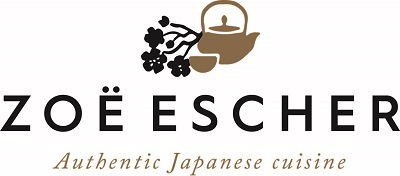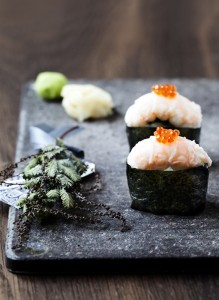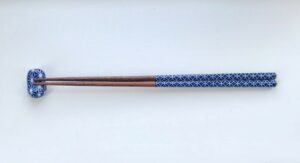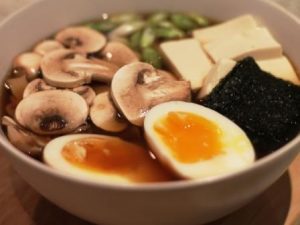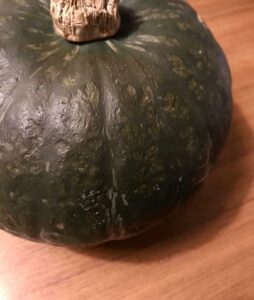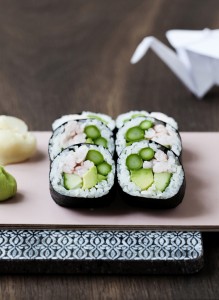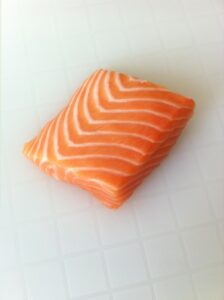New Year’s and New Year’s Eve are just around the corner.
One thing is for sure, it is celebrated in many different ways around the world. In Denmark, sushi is one of the favorite dinners on New Year’s Eve. It is a wonderful mix of fish, seafood and vegetables.
Sushi course for beginners is suitable for you who want to make sushi as an appetizer or a whole dinner.
There are benefits to making your own sushi dinner.
You can make sushi exactly as you like with your favorite vegetables and fish.
You know how to get the most out of your money when you buy fish from a fishmonger.
You know how to handle fish also according to the Danish Food Administration.
You know which Japanese ingredients are best suited for sushi.
You know how to make different kinds of sushi that are suitable for everyday and special occasion.
Read more about Sushi course for beginners
_
Zoë has lectured and held sushi courses for A. P. Moller – Maersk, Hugo Boss Nordic, Novo Nordisk, Novartis, Velux, Gorrissen Federspiel, Beierholm revision, Elbek & Vejrup and many more.
